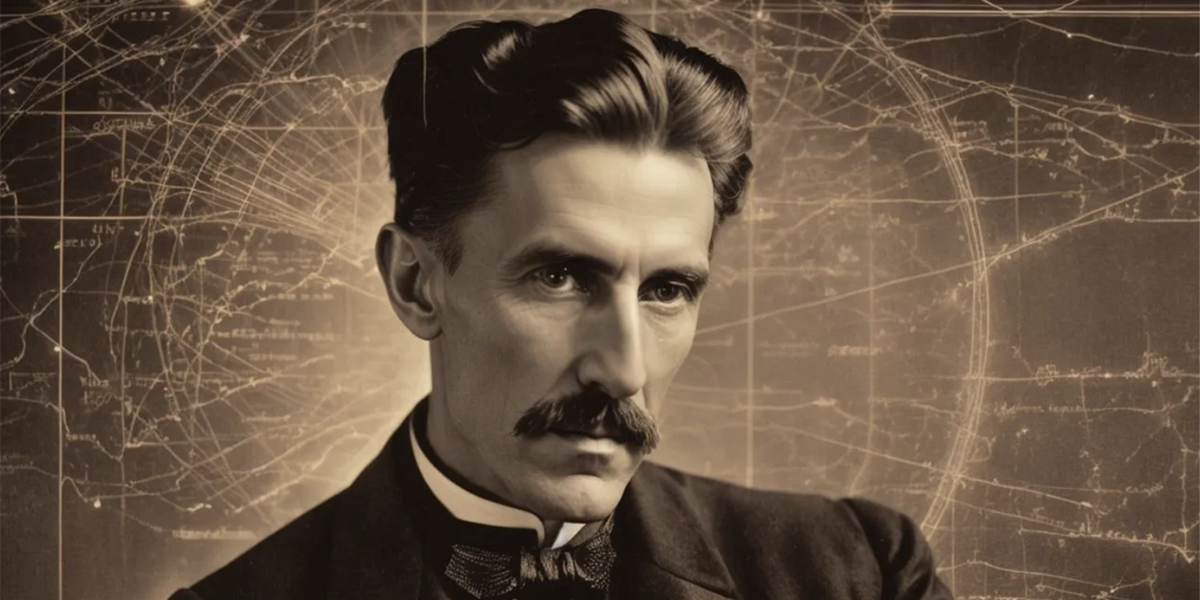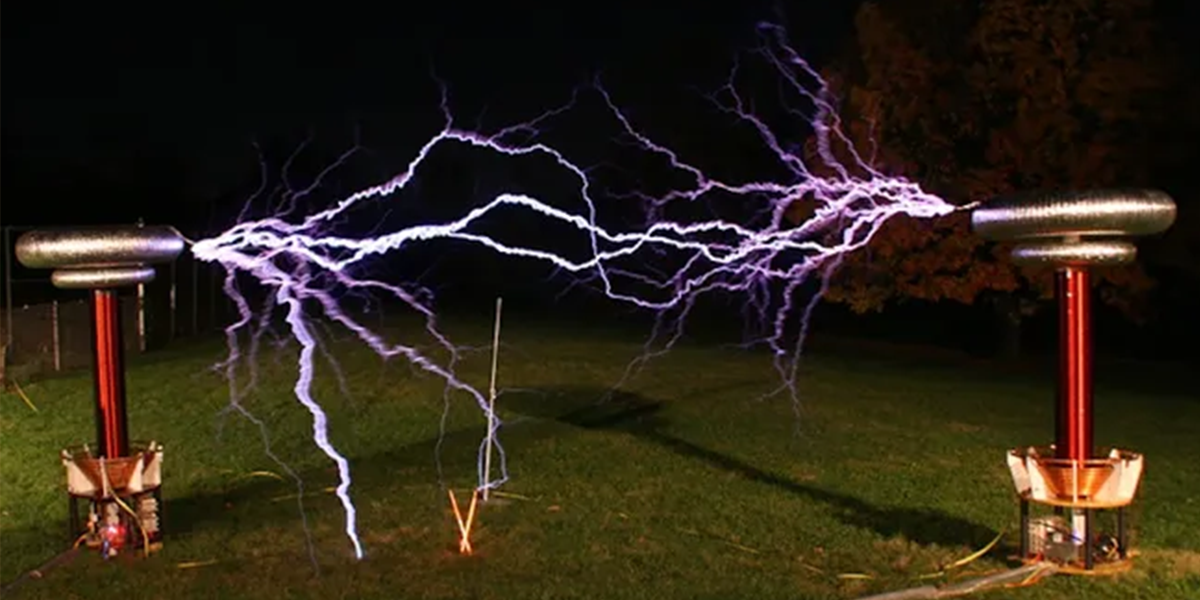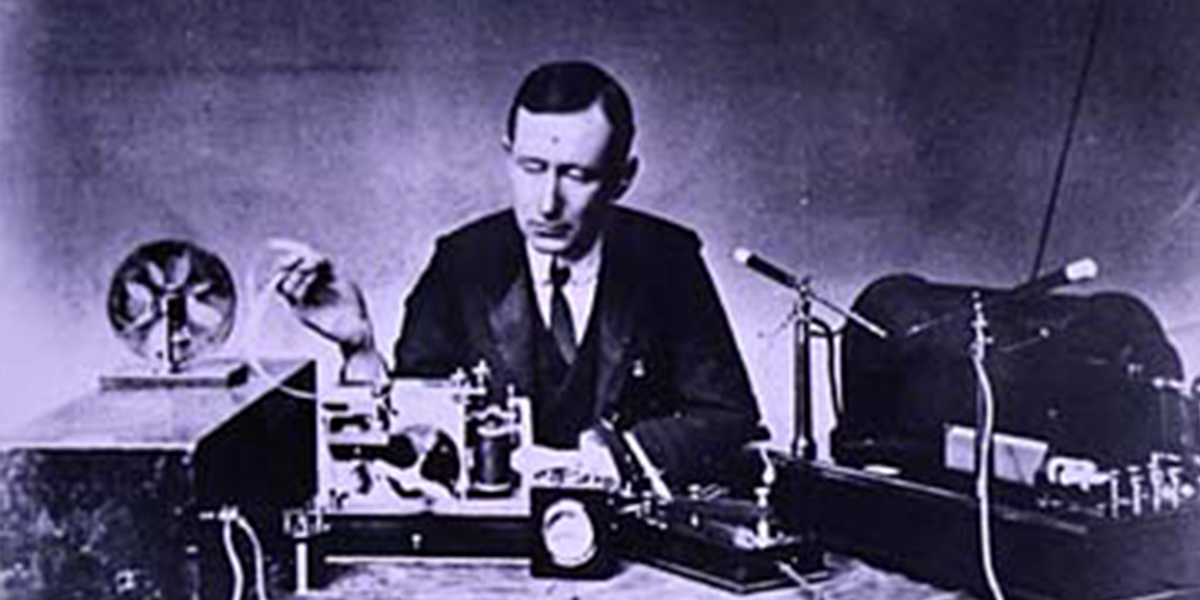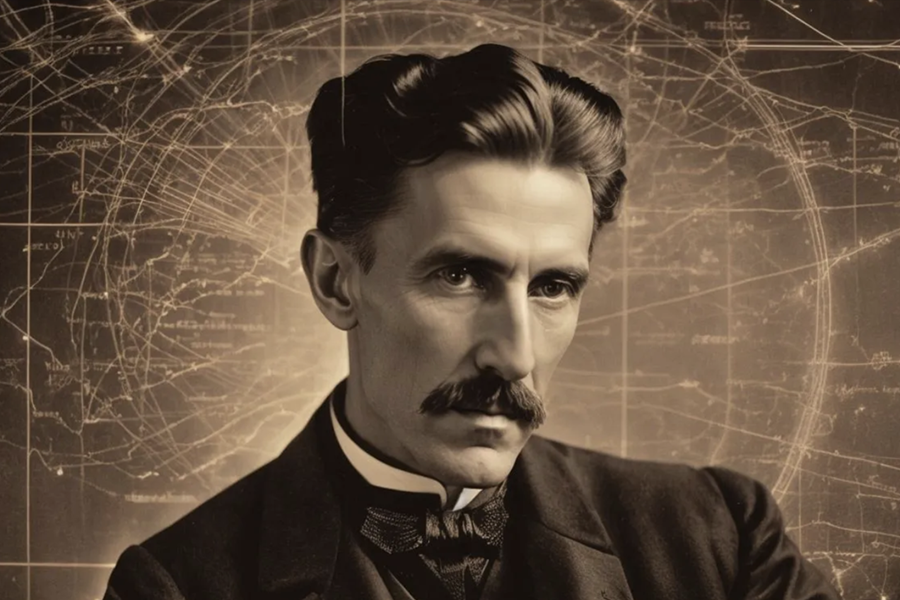Nikola Tesla, a name synonymous with ingenuity and futuristic visions, is one of the most celebrated inventors of the late 19th and early 20th centuries. Born on July 10, 1856, in what is now Croatia, Tesla’s contributions to science and technology have left an indelible mark on the modern world. His inventions and theoretical work laid the groundwork for numerous technologies that define contemporary life. This article delves into some of Tesla’s most significant inventions and their impact on the world.

Alternating Current (AC) System
Tesla’s development of the alternating current (AC) electrical system is perhaps his most famous achievement. At a time when Thomas Edison was advocating for direct current (DC) power, Tesla’s AC system proved to be more efficient for transmitting electricity over long distances. The AC motor and transformer, both Tesla’s inventions, allowed for the widespread distribution of electrical power. The “War of Currents” between Tesla and Edison culminated in the adoption of AC as the standard for power transmission, which remains the global standard today.
The Tesla Coil
Invented in 1891, the Tesla Coil is an electrical resonant transformer circuit that produces high-voltage, low-current, high-frequency alternating current electricity. Tesla originally developed the coil to experiment with electrical lighting, wireless energy transmission, and X-rays. Today, the Tesla Coil is primarily used for entertainment and educational displays, showcasing Tesla’s foresight in wireless energy and resonance.

Radio
Though Guglielmo Marconi is often credited with the invention of the radio, Tesla’s work laid much of the groundwork for wireless communication. In 1893, Tesla demonstrated the principles of radio communication, and by 1897, he had filed patents for the basic design of the radio. The U.S. Supreme Court ultimately recognized Tesla’s patents in 1943, posthumously acknowledging his critical role in the invention of radio.

Induction Motor
Tesla’s induction motor, patented in 1888, is a type of AC motor that uses electromagnetic induction to produce mechanical rotation. This invention is pivotal in the development of modern electric motors used in countless applications, from household appliances to industrial machinery. The induction motor’s simplicity, durability, and efficiency have made it a staple in modern engineering.
Wireless Transmission of Energy
One of Tesla’s most ambitious projects was the wireless transmission of energy. He envisioned a world where power could be transmitted without wires, reducing the need for vast networks of electrical infrastructure. The Wardenclyffe Tower, constructed on Long Island in 1901, was Tesla’s attempt to create a global wireless communication and power transmission system. Though the project was never completed due to financial difficulties, Tesla’s vision laid the conceptual foundation for modern wireless technologies.
Neon Lighting and Remote Control
Tesla’s innovation extended to the creation of neon lighting and the development of the first remote control. He demonstrated the potential of wireless control in 1898 with a radio-controlled boat, showcasing the principles of what would become remote-controlled technology. Tesla’s work with gas discharge tubes led to the development of neon and fluorescent lighting, which revolutionized the advertising industry and urban landscapes.
Nikola Tesla’s inventive spirit and relentless pursuit of knowledge have left a legacy that continues to influence modern science and technology. His visionary ideas, from the AC electrical system to wireless energy transmission, not only transformed the 20th century but also laid the groundwork for the technological advancements of the 21st century. Tesla’s genius, often underappreciated in his time, is now celebrated as a cornerstone of modern innovation.



